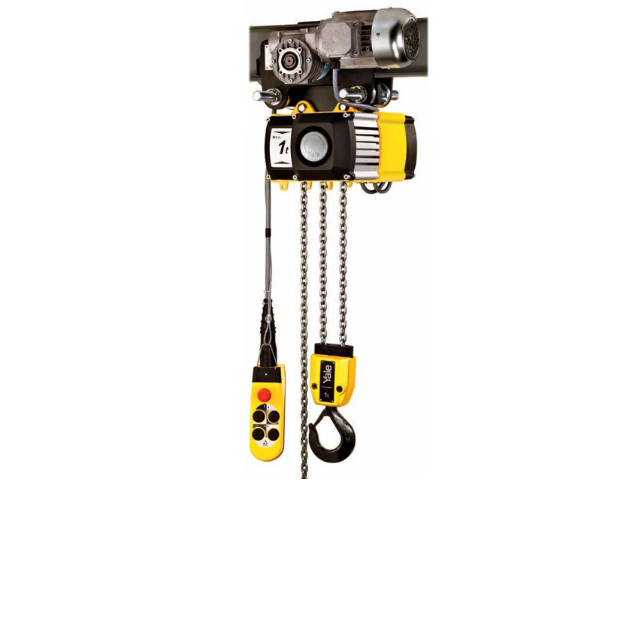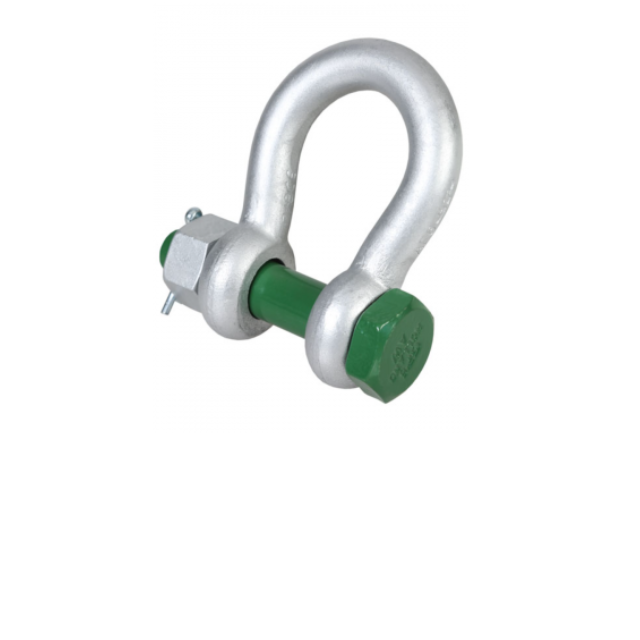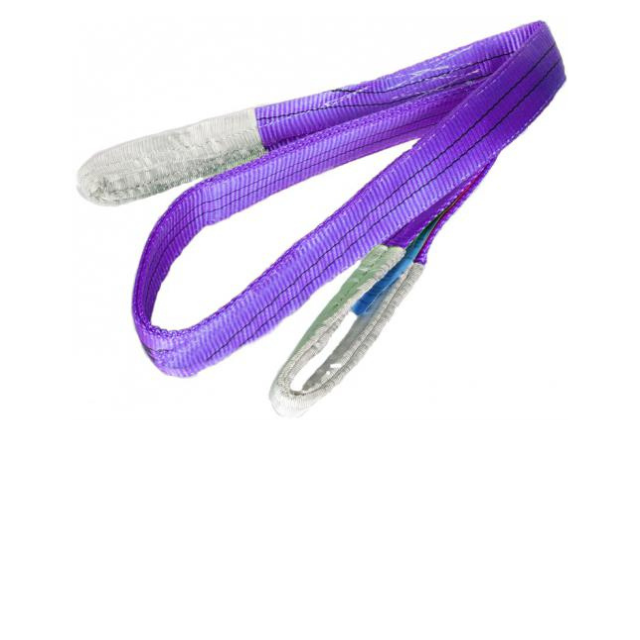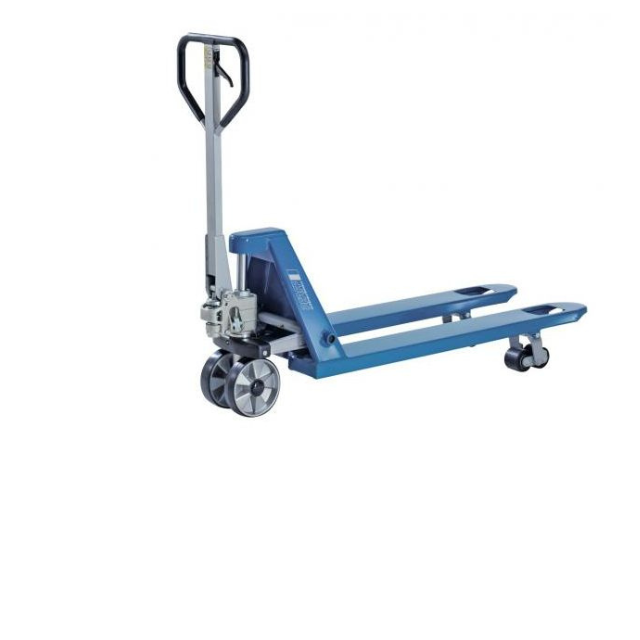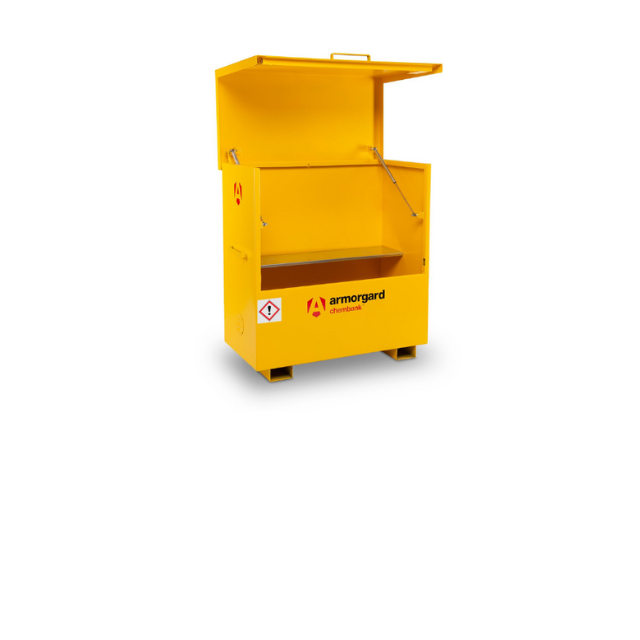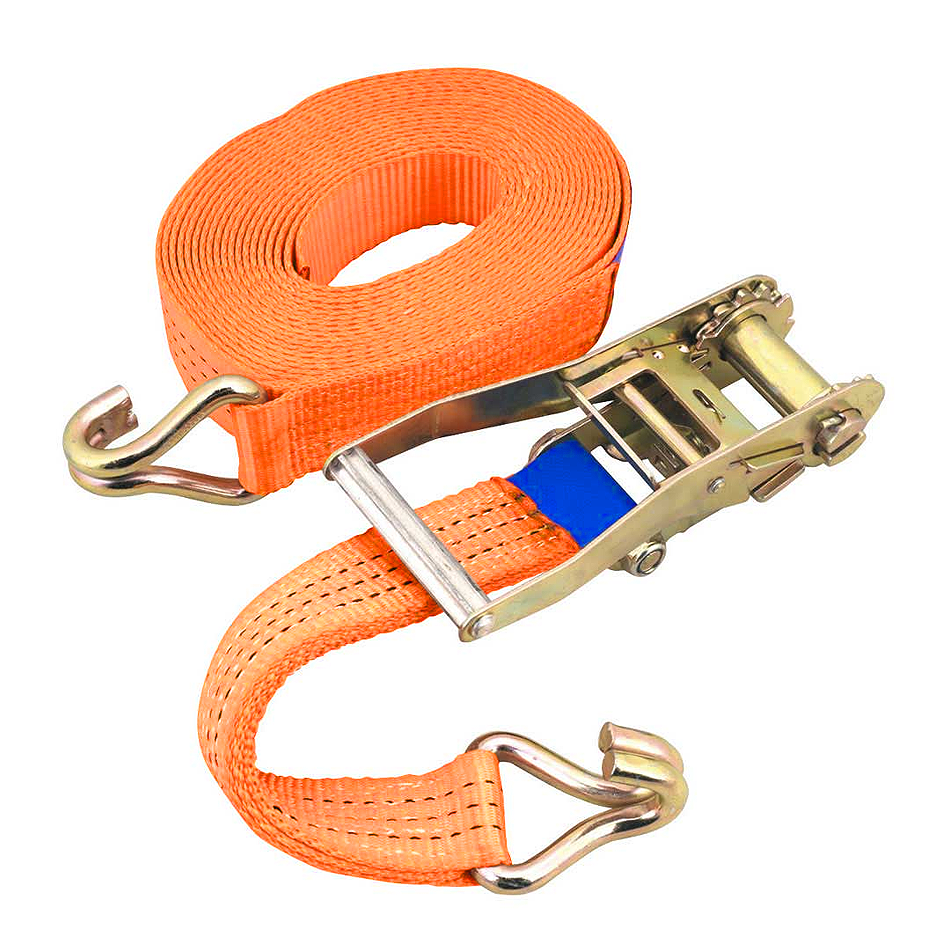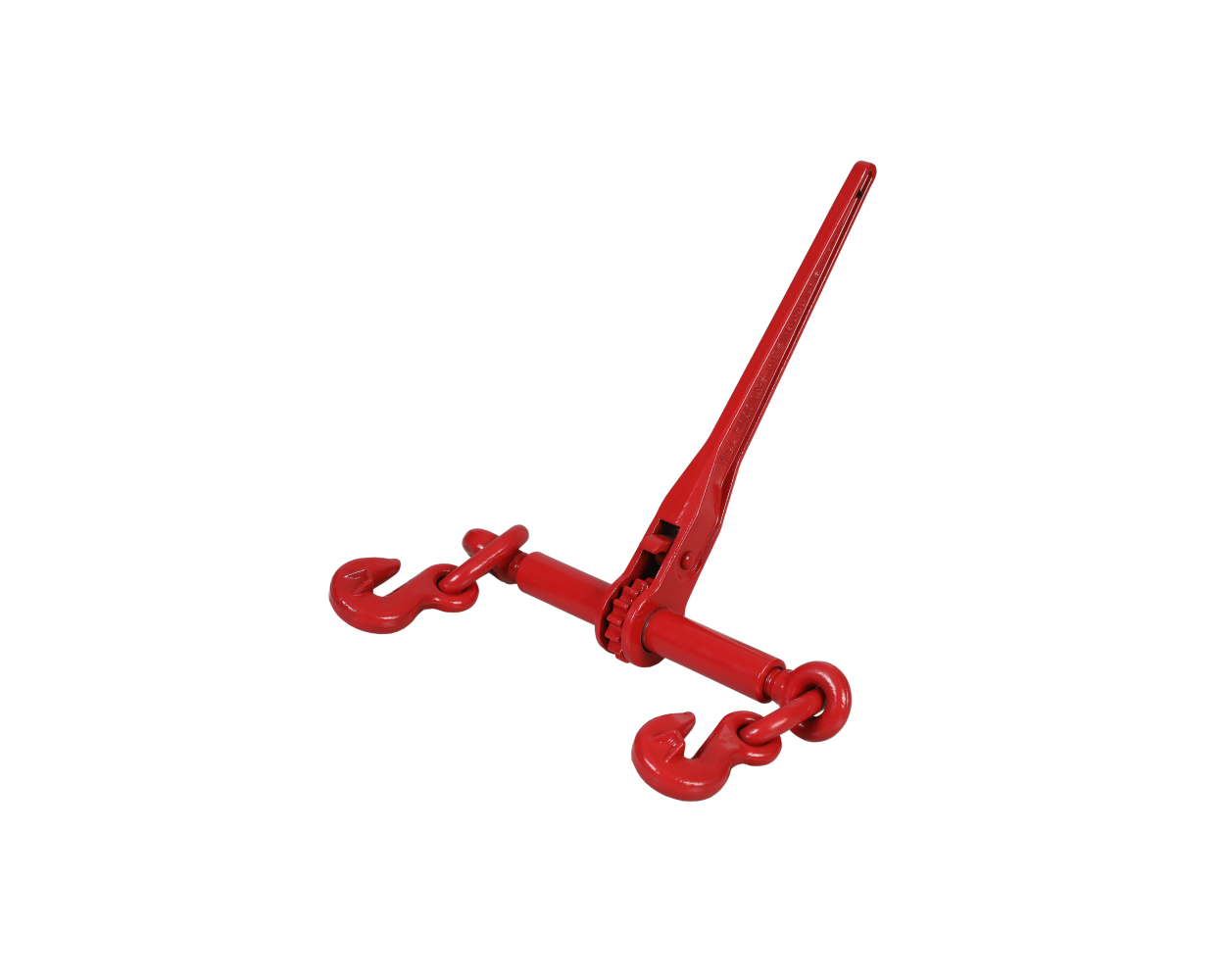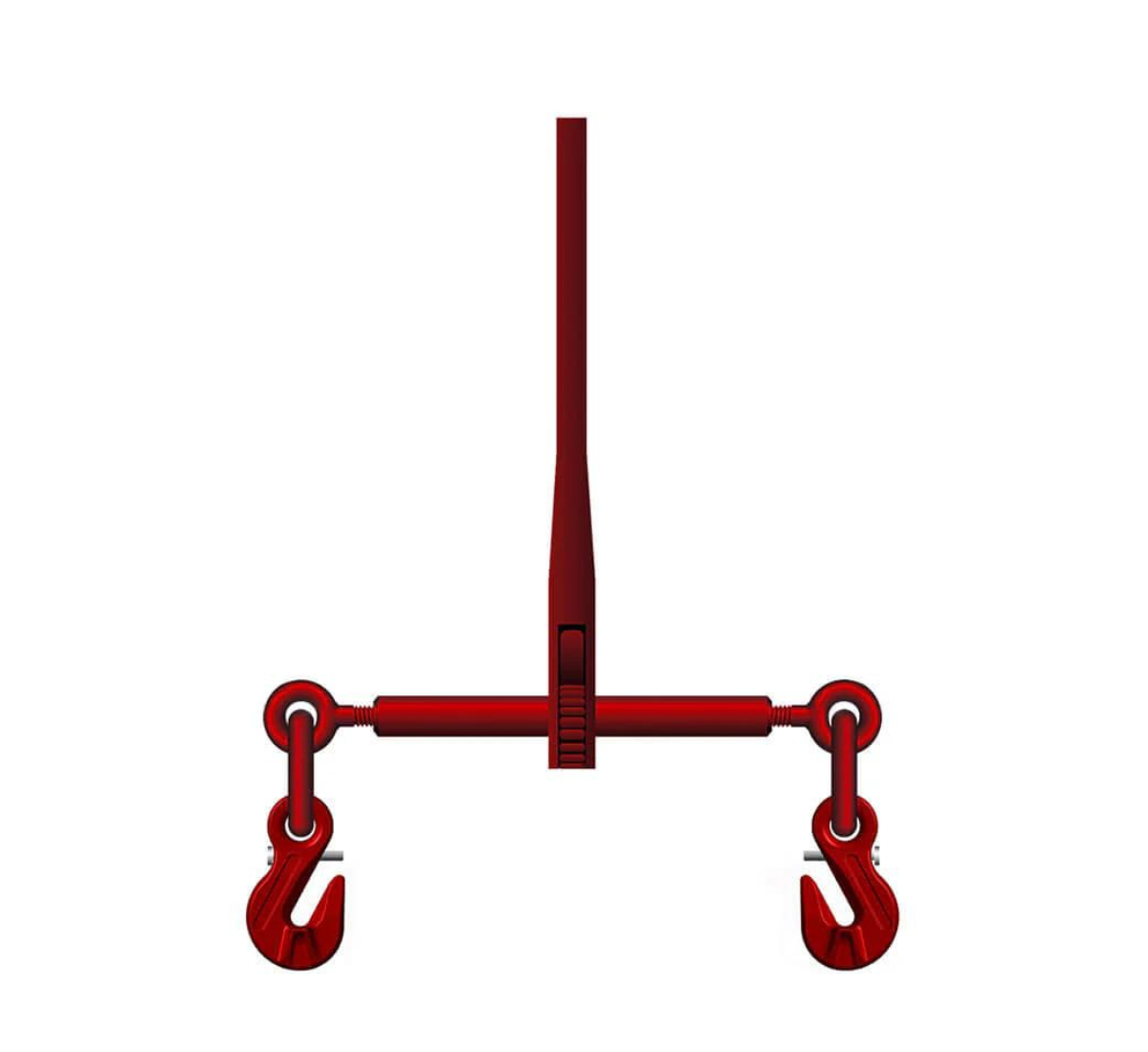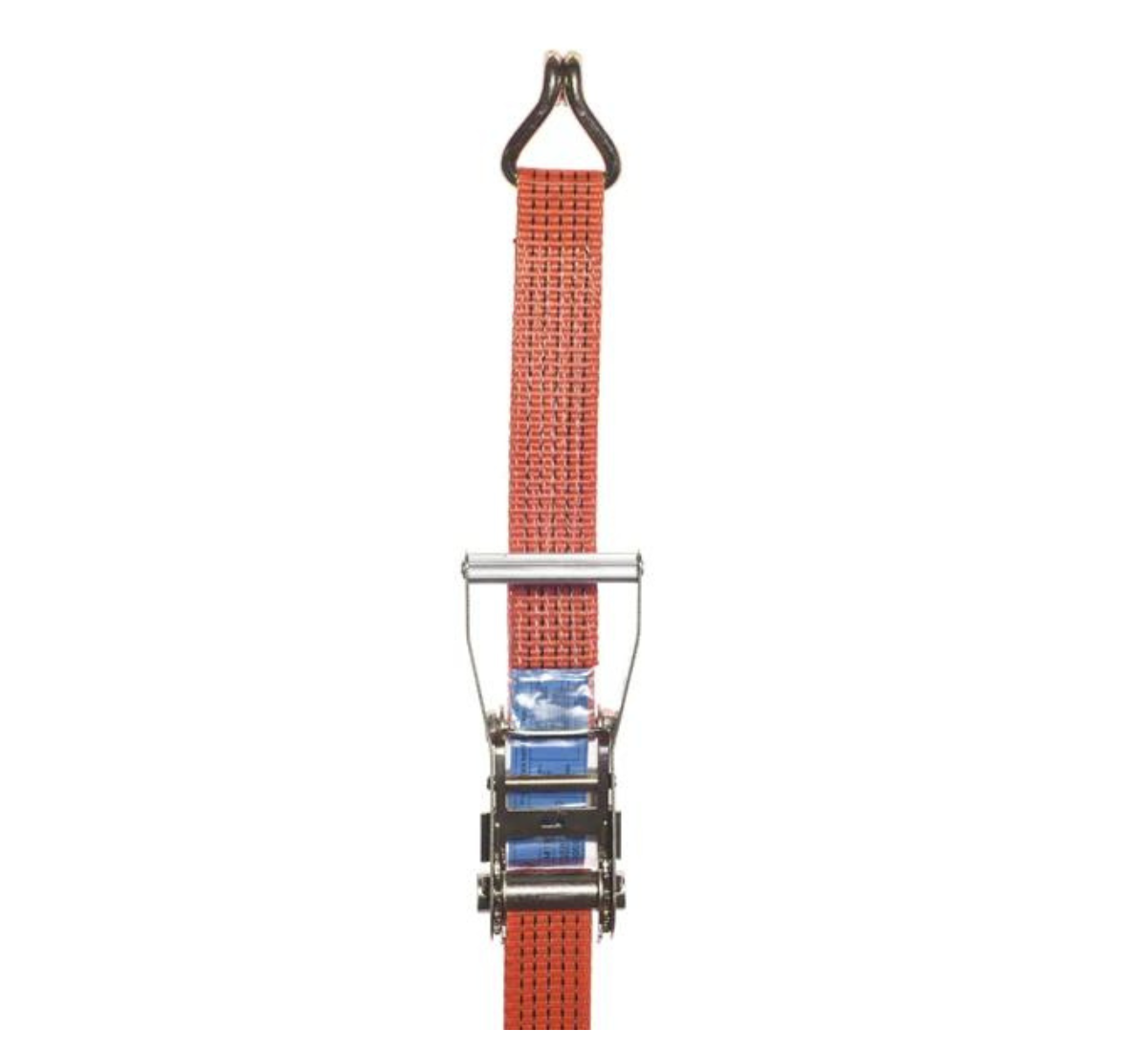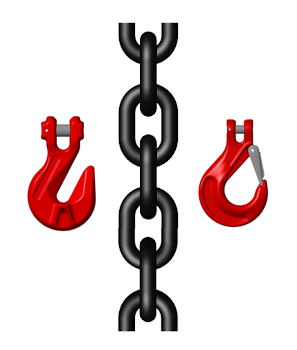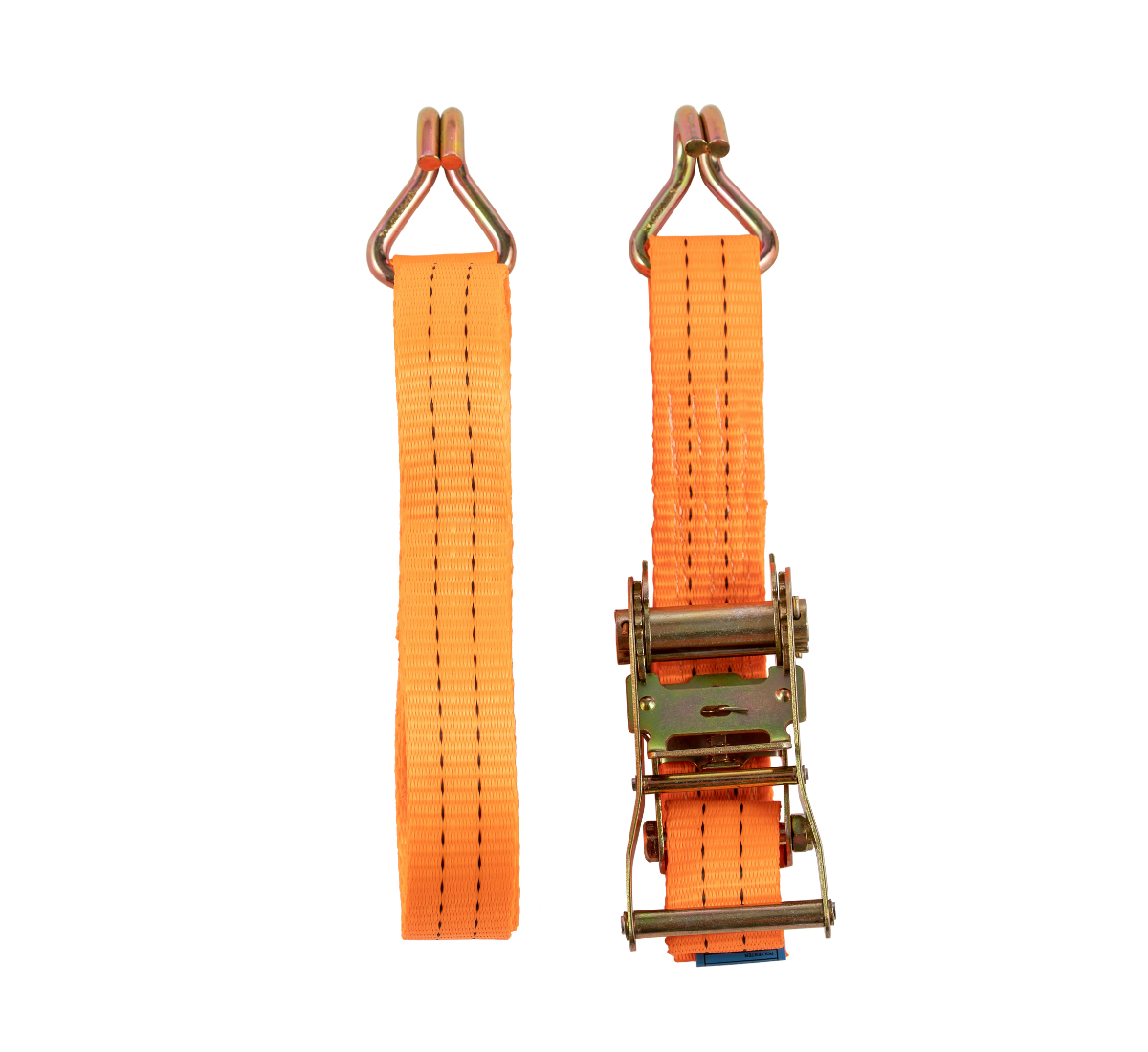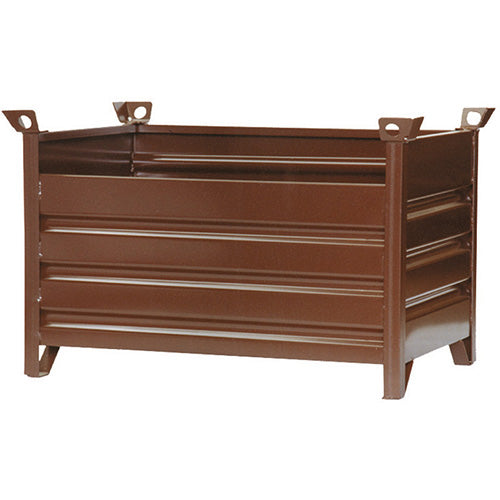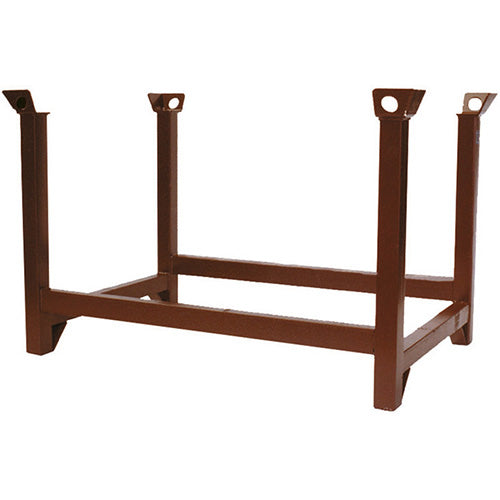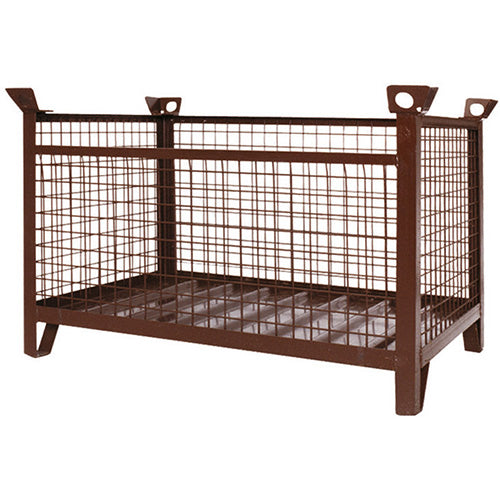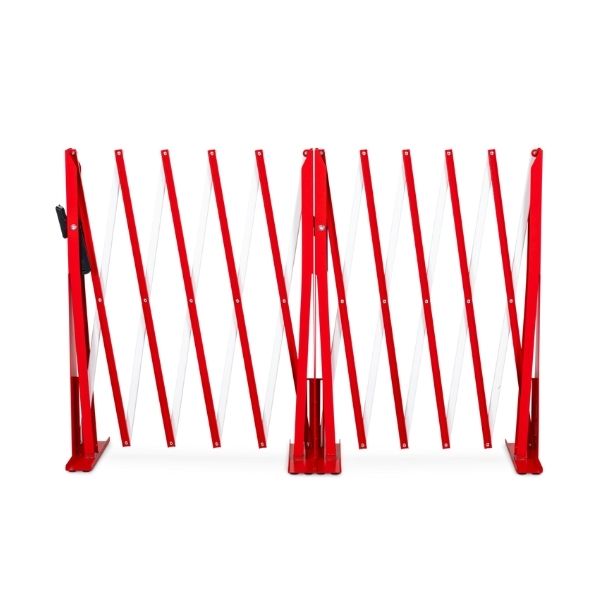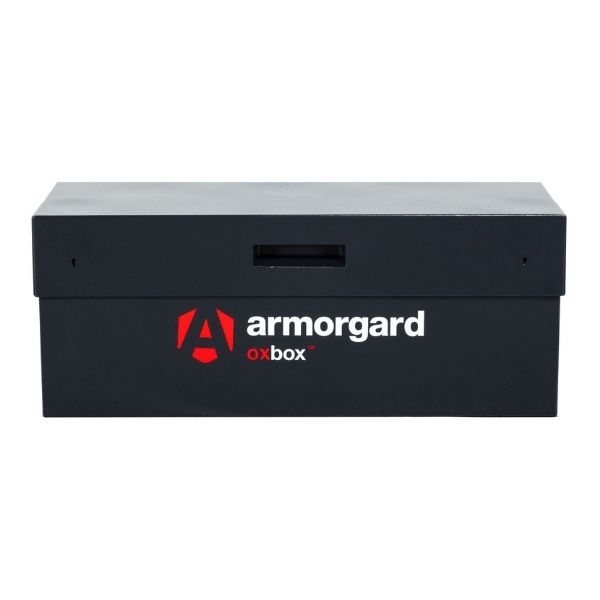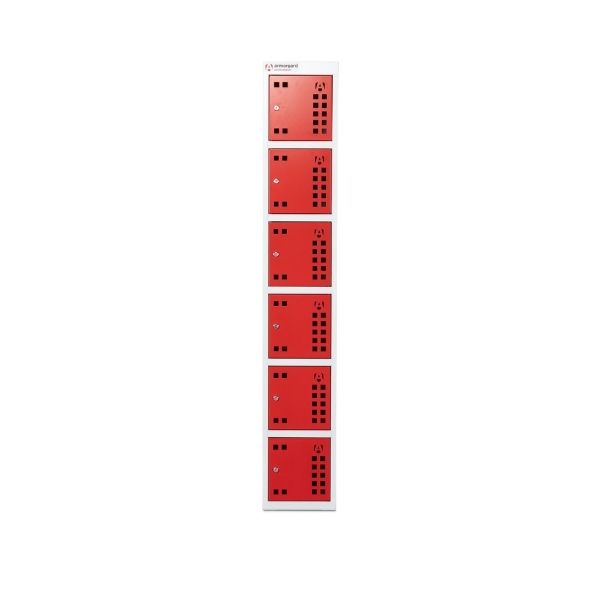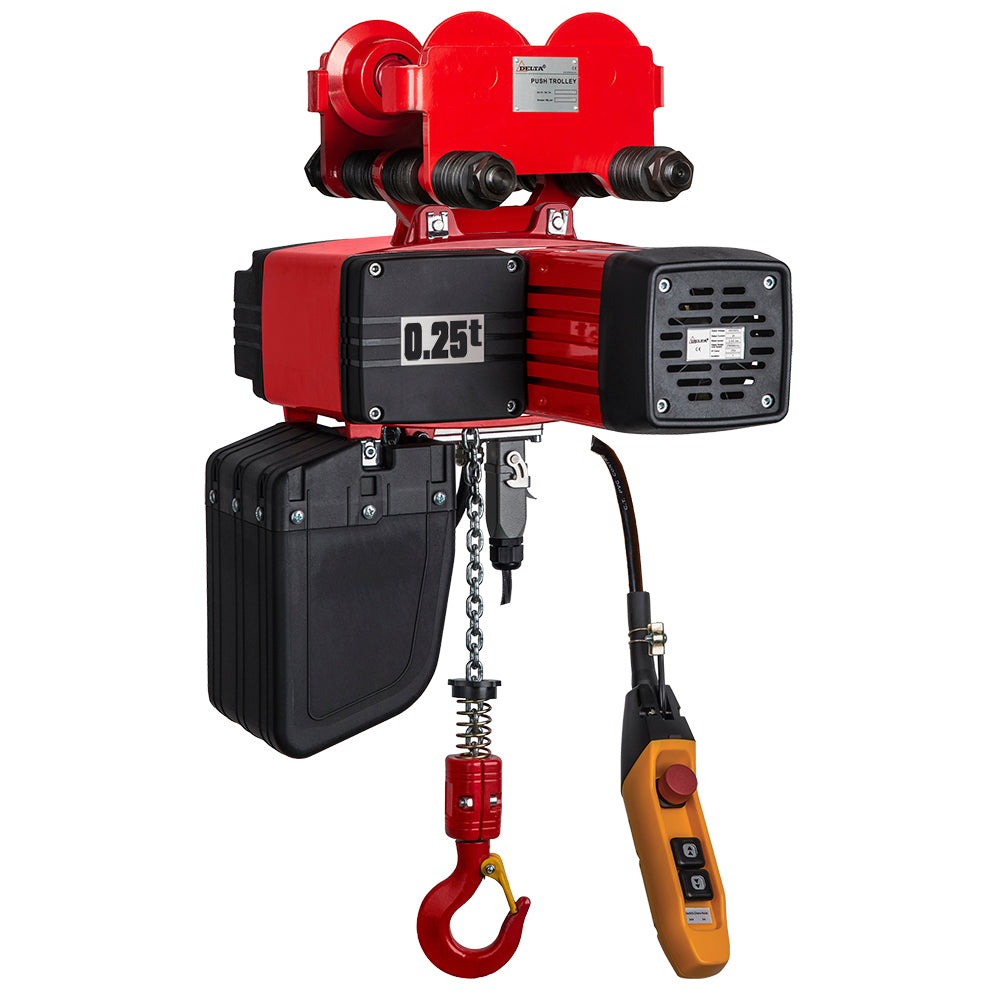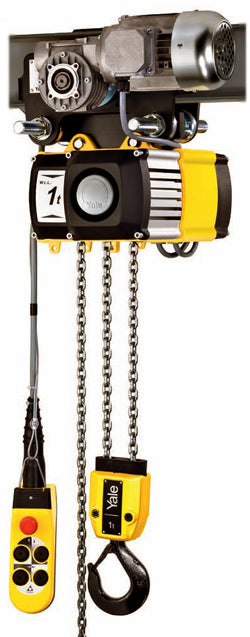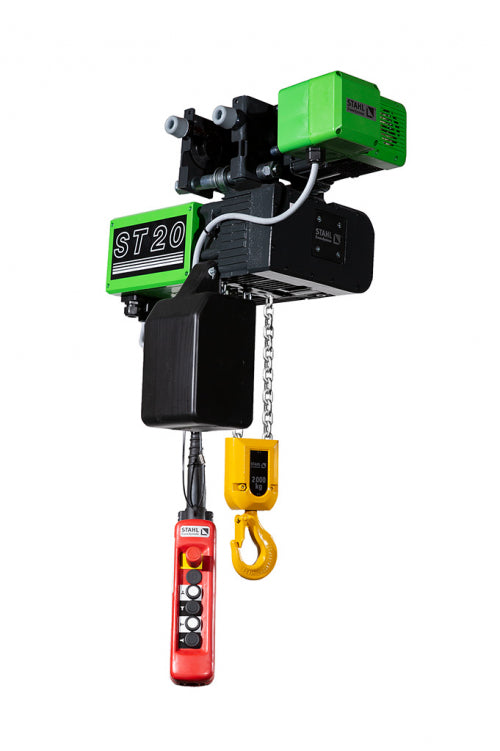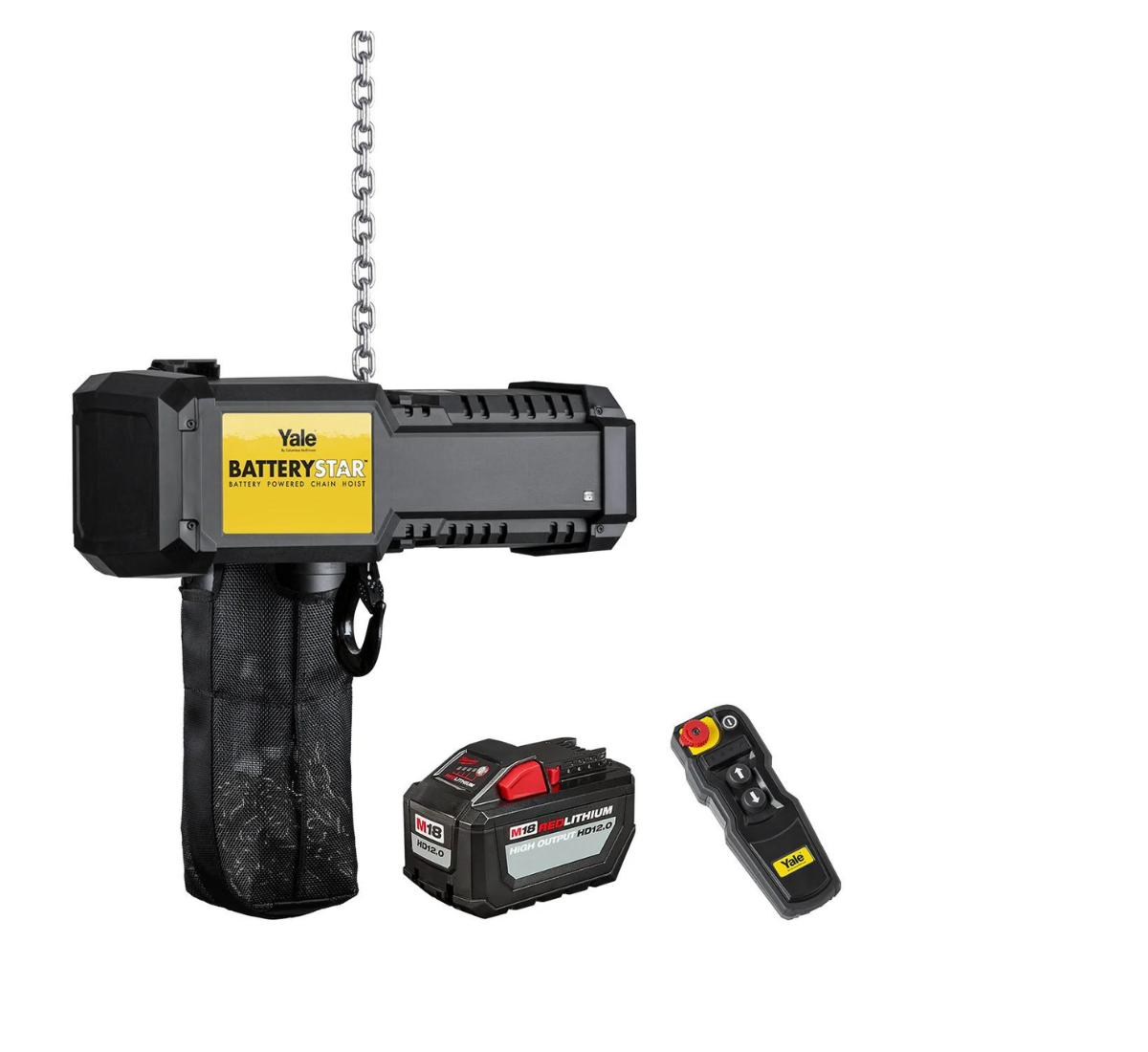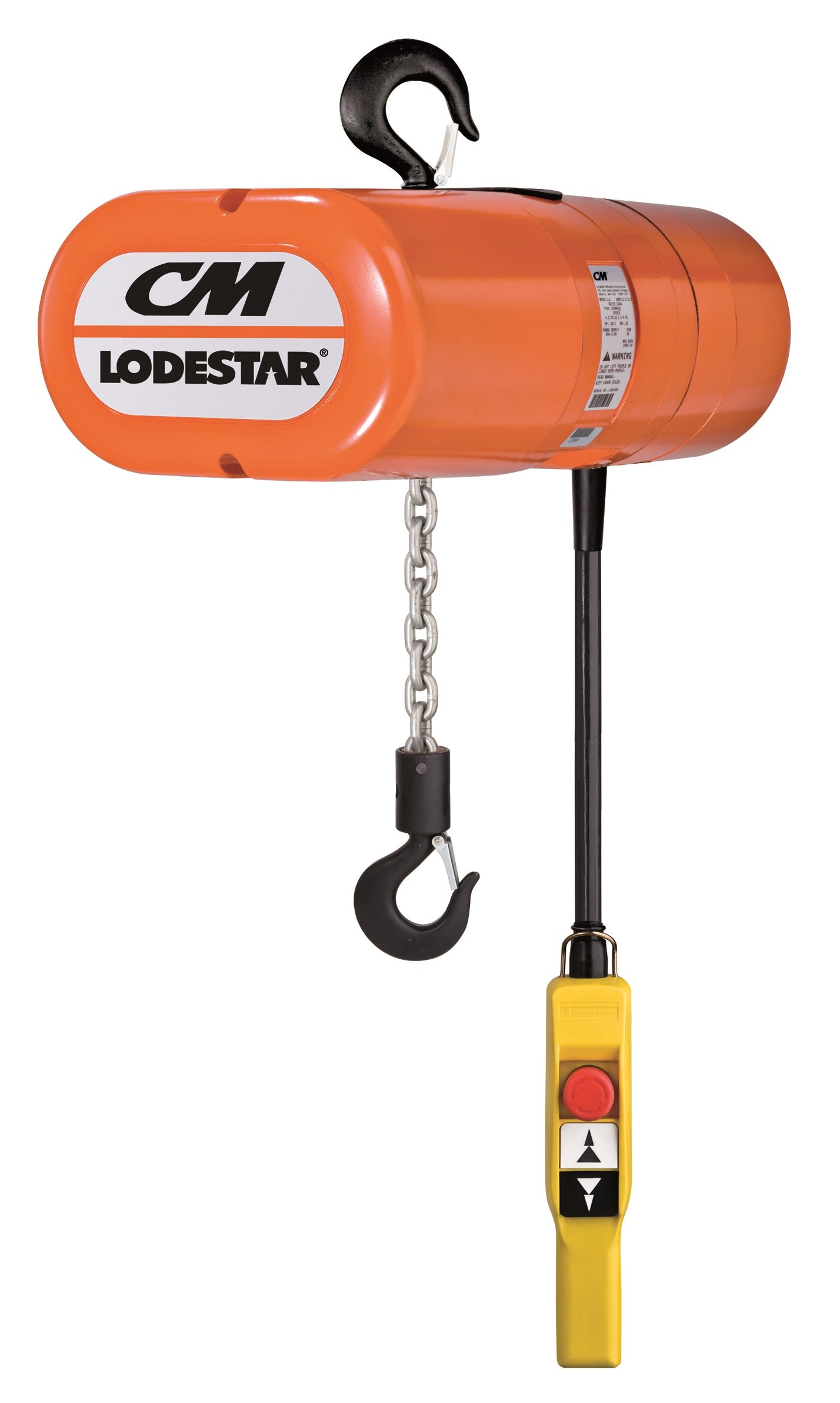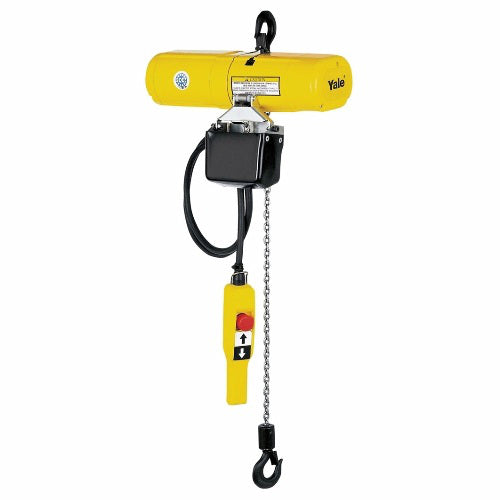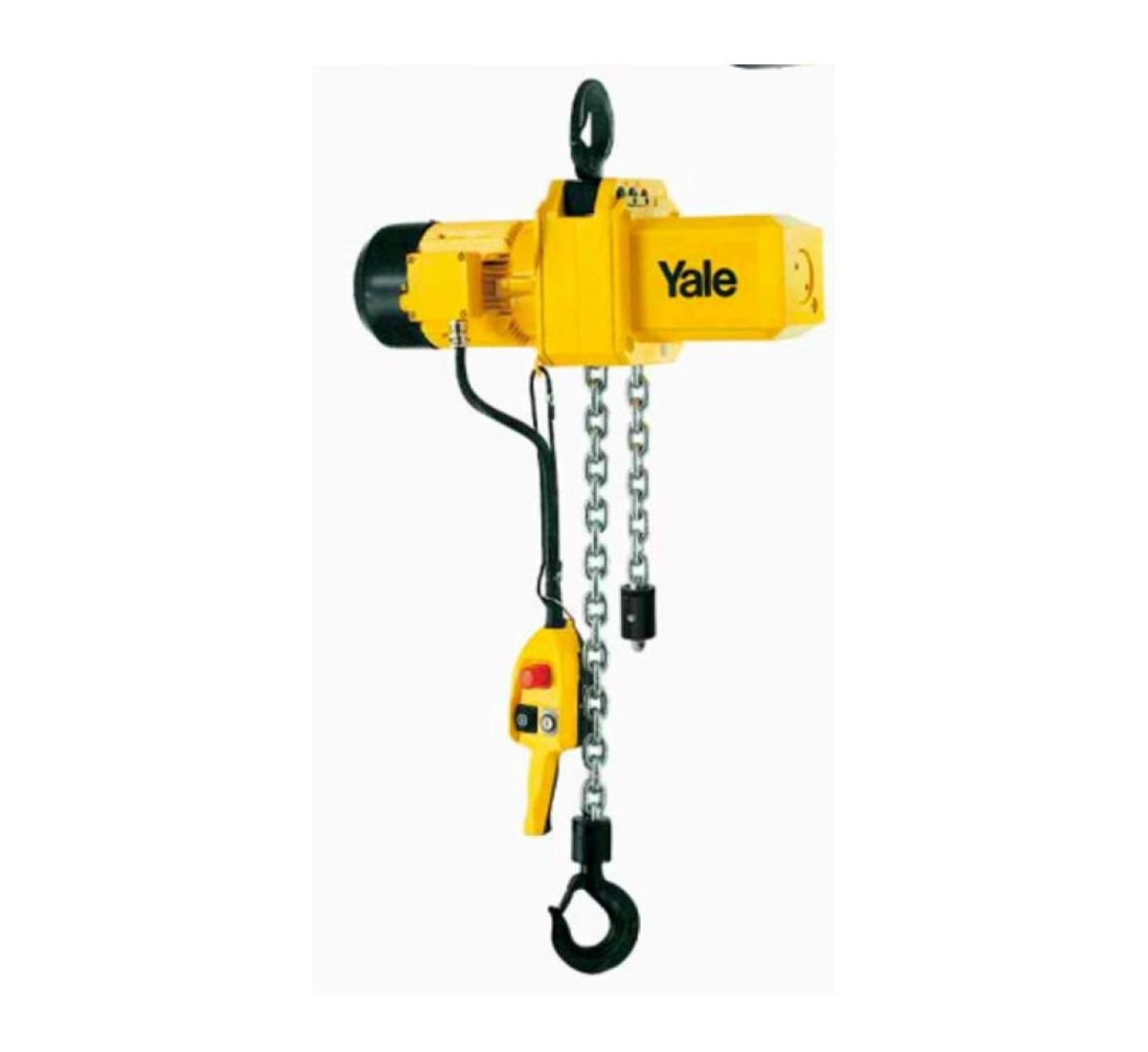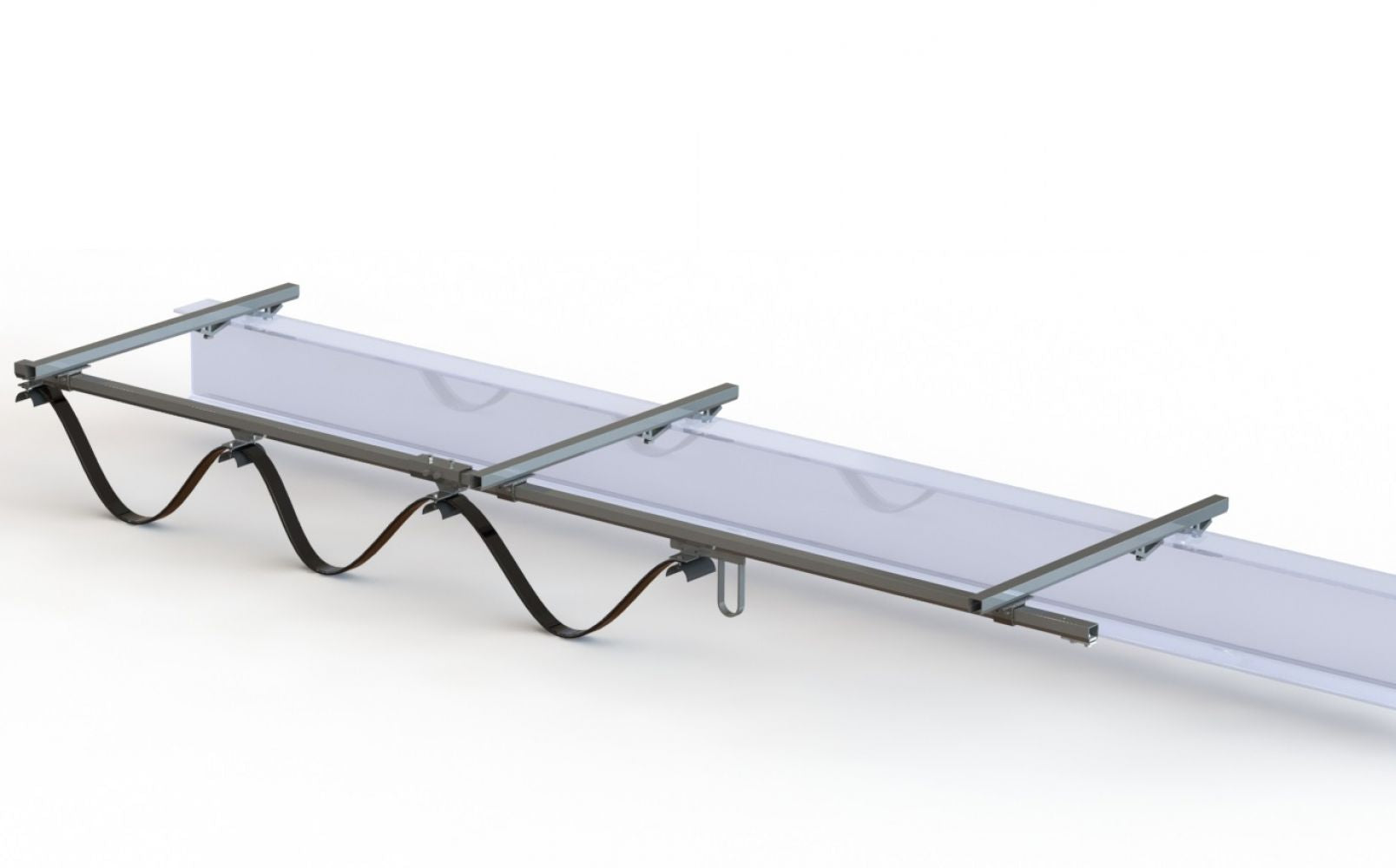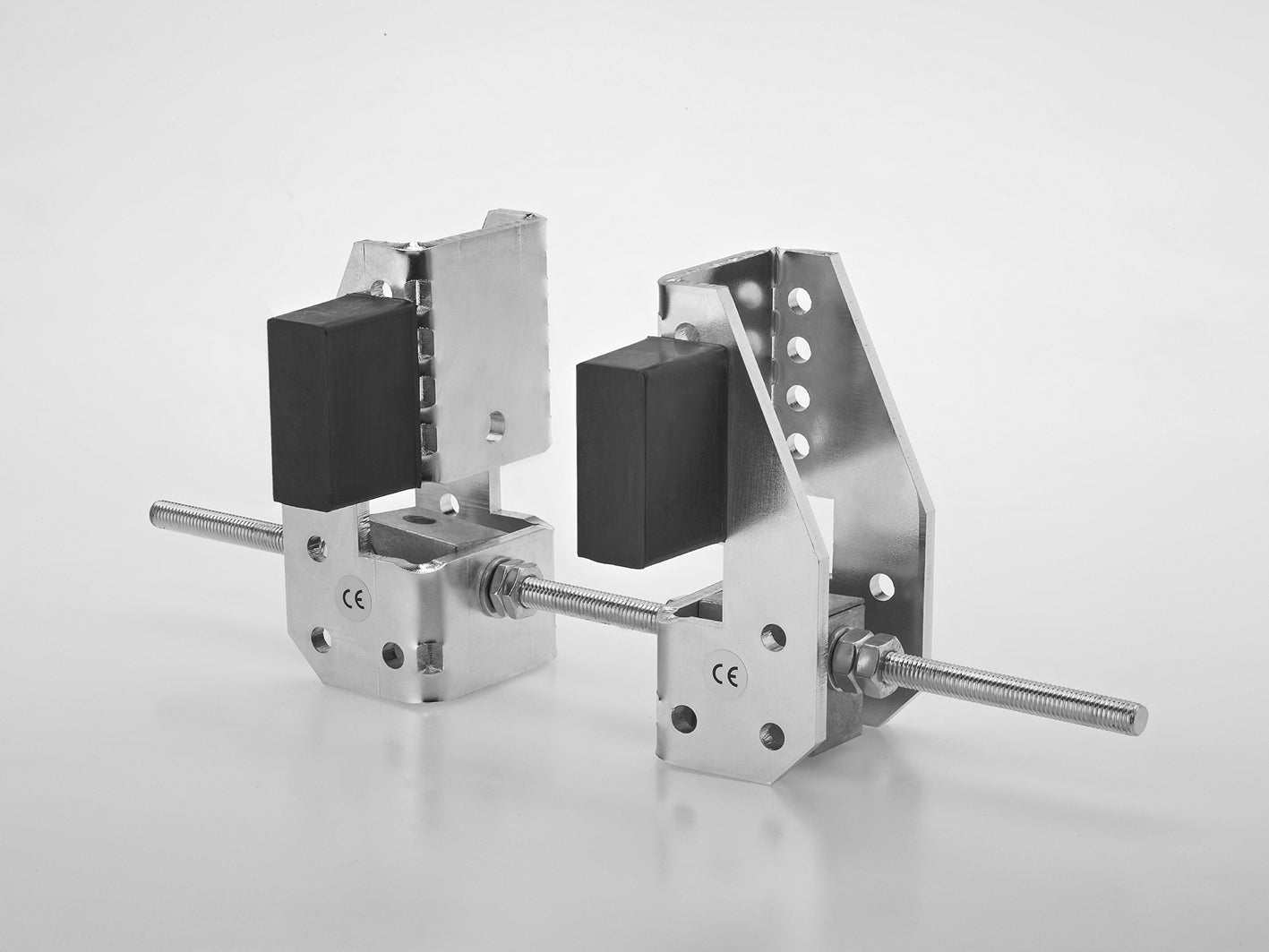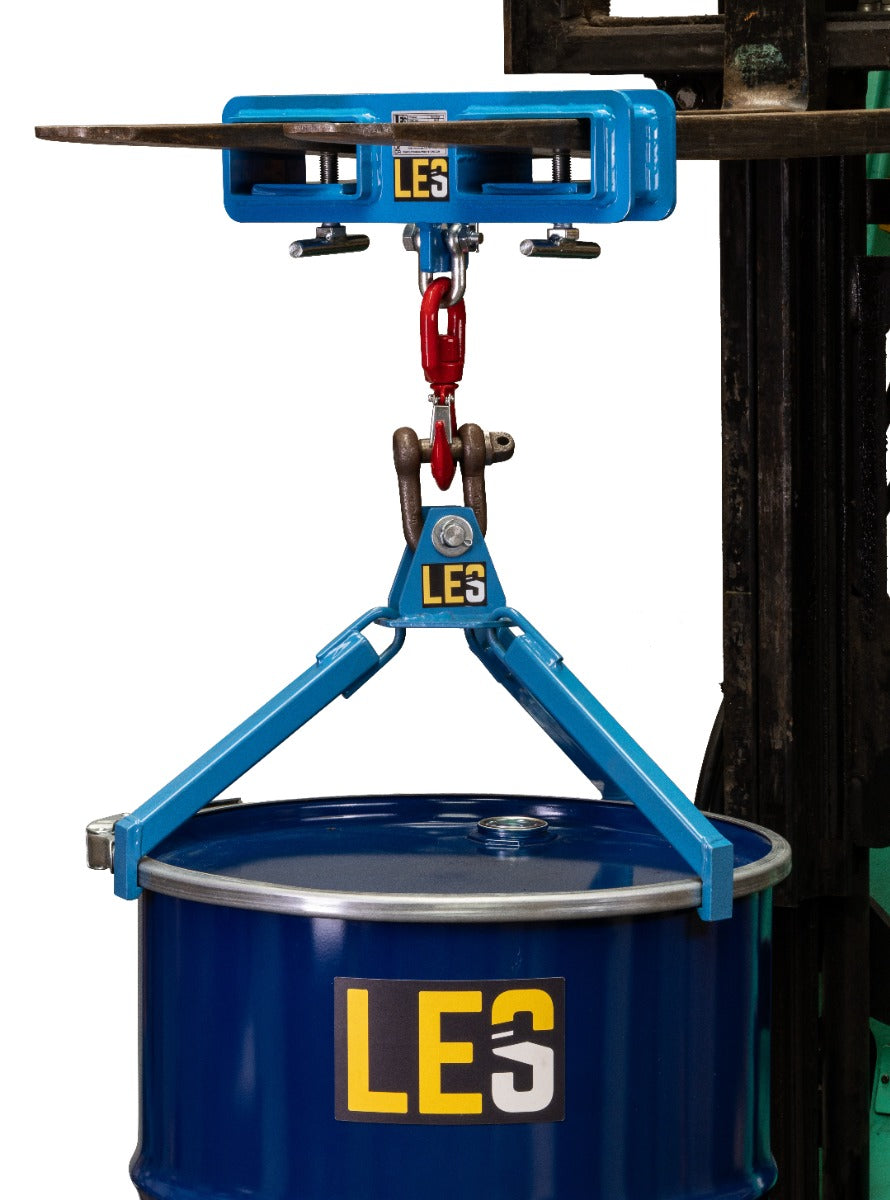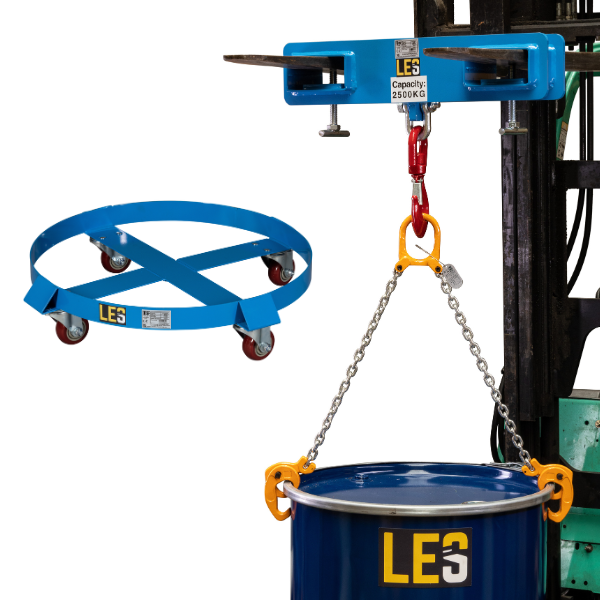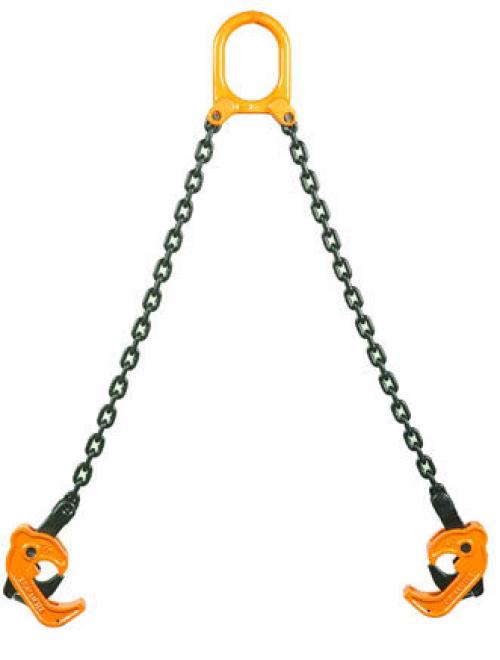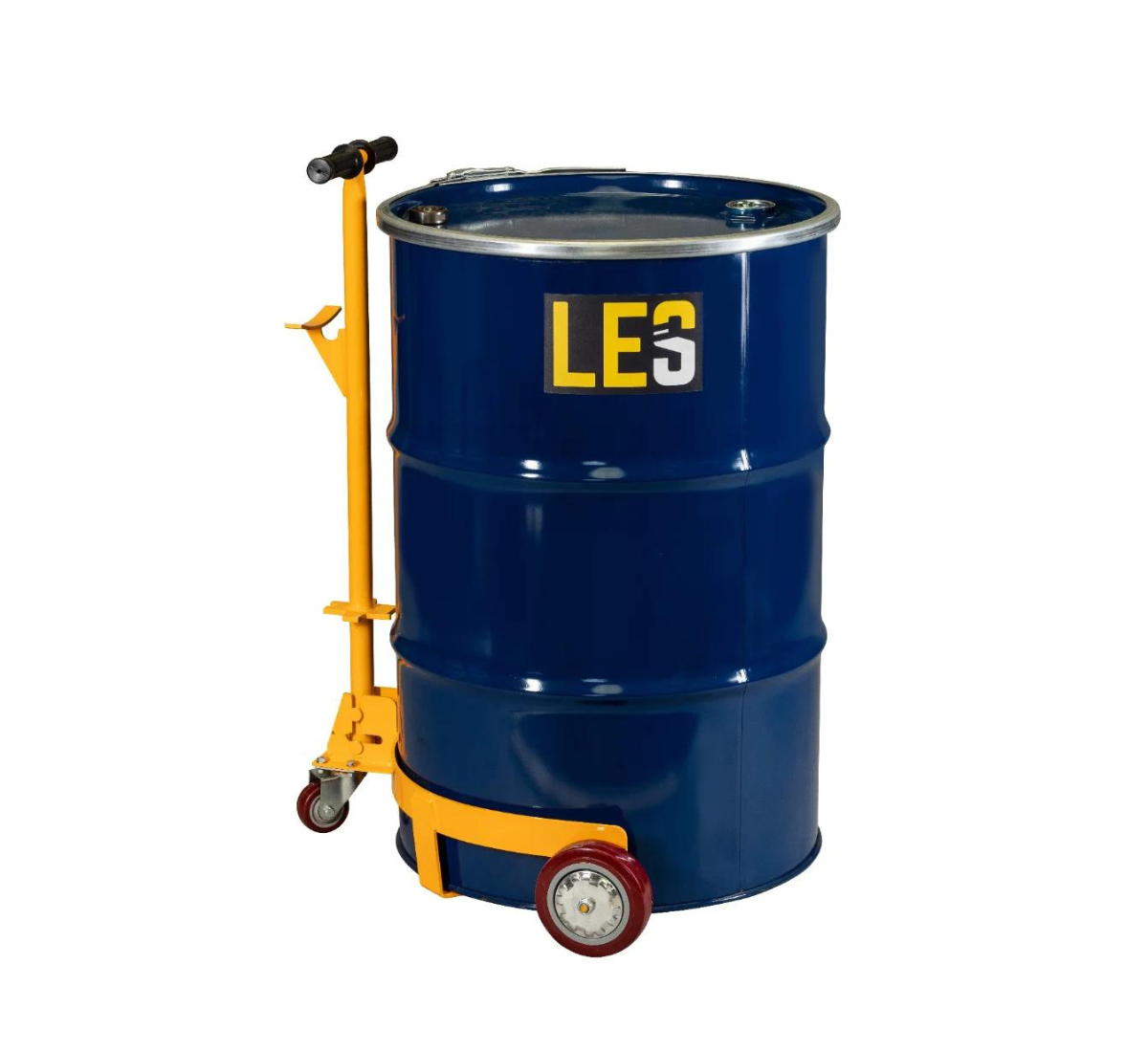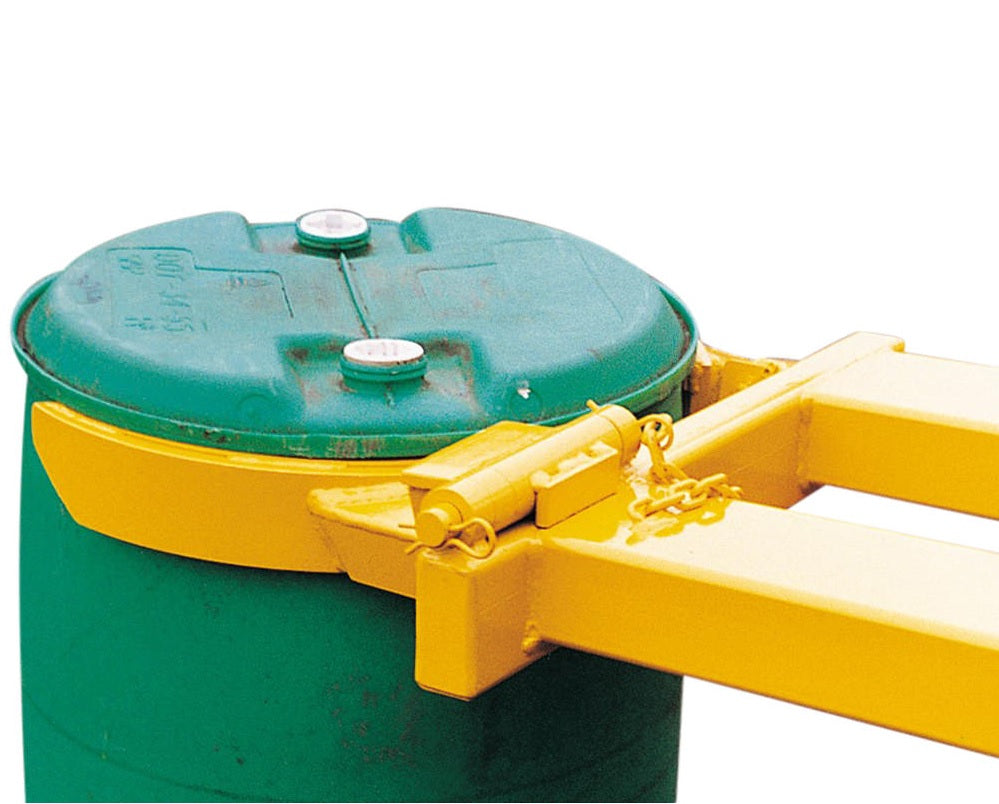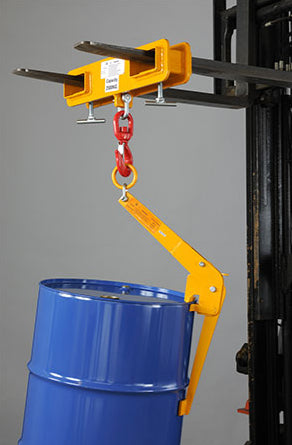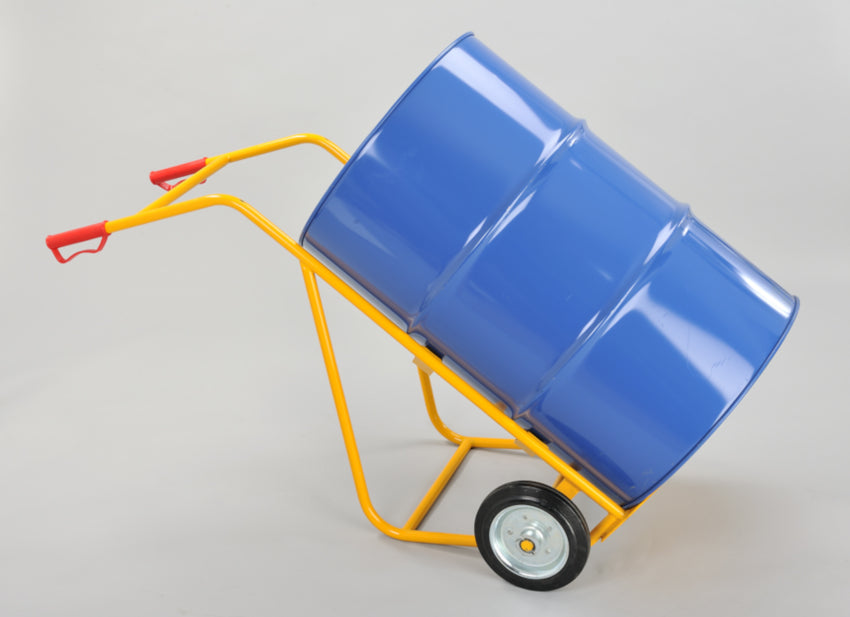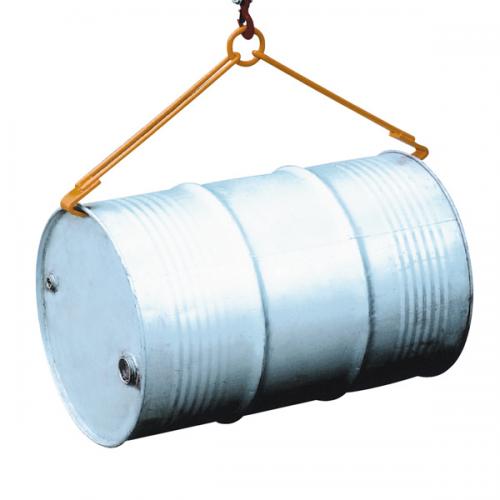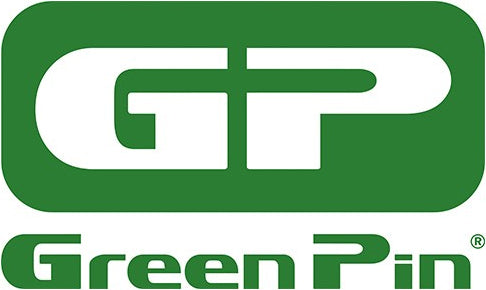Agriculture
In the sprawling fields and beautiful landscapes of the agriculture industry, the use of lifting equipment is a cornerstone for those striving for efficiency and productivity. From planting and harvesting to storage and transportation, a wide range of lifting equipment plays an essential role in streamlining operations, reducing manual labour, optimising processes, and achieving the end goal – delivering the produce we need.

In the sprawling fields and beautiful landscapes of the agriculture industry, the use of lifting equipment is a cornerstone for those striving for efficiency and productivity. From planting and harvesting to storage and transportation, a wide range of lifting equipment plays an essential role in streamlining operations, reducing manual labour, optimising processes, and achieving the end goal – delivering the produce we need.
Over the years, agricultural practices have evolved, today, integrating technological advancements that are designed to significantly boost efficiency, productivity, and sustainability. It’s fair to say that agriculture has undergone a huge transformation throughout history – from early agricultural practices relying heavily on human and animal power, limiting the scalability, to the industrial revolution and the introduction of steam-powered machinery.
Since these times, we’ve seen further successive waves of innovation, resulting in precision farming techniques, propelling the world of agriculture into the modern era. Playing a huge role in this development is lifting equipment, today, a vital component in farming operations, facilitating everything from handling, transportation, and processing of agricultural commodities.
Whether it be loading harvested crops onto trucks, moving heavy machinery, or building structures on farmland, using the right lifting equipment can significantly improve efficiency, whilst minimising labour costs and reducing injury risks.
Lifting apparatus commonly used in agricultural settings
Forklift & Pallet Trucks:
Forklifts and pump trucks are indispensable in agriculture for their versatility when it comes to handling bulky loads, heavy materials, pallets, and equipment. Regularly found in warehouses, distribution centres, and on farms to load/unload goods, transport crops, and arrange inventory, forklifts and pallet trucks are some of the most daily used pieces of equipment.
Telehandlers:
Bringing together the capabilities of a forklift truck and crane, telehandlers are used in agricultural settings for tasks such as lifting hay bales, loading/unloading materials, and undertaking construction projects out in the fields. Loved for their versatility, their ability to reach heights and easily navigate uneven terrain makes them invaluable, particularly in the ever-changing agricultural landscape.
Cranes:
These play a vital role in construction projects, for example, erecting silos, building barns and greenhouses. Variations including mobile cranes, davit cranes, tower cranes, jib cranes, and overhead cranes are regularly deployed in agricultural settings. Boasting excellent lifting capacities from a few kilos right up to hundreds of tonnes, cranes provide the muscle to handle heavy loads with ease, precision, and efficiency.
Hoists & Winches:
Chain hoists and winches, both electric and manual, are often utilised for tasks such as lifting irrigation pumps, as well as hoisting equipment during any maintenance and repair work. Additionally, they are used in conjunction with overhead cranes and forklift trucks to manoeuvre heavy items across a worksite. Praised for their efficiency and productivity enhancements.
Lifting Attachments:
In addition to standalone machinery, a variety of lifting attachments are used to enhance the capabilities of agricultural machinery. For example, forklift attachments such as extendable pallet forks or drum grabs and rotators, or telehandler skips and muck buckets. Additionally, don’t forget auxiliary items such as lifting slings and shackles that will complete your set-up.
As you can see, lifting equipment is clearly apparent within the agriculture industry, but by no means is this list is not exhaustive. Why not contact one of our specialist sales team for more information and advice on agricultural machinery.
LOLER in agriculture
The Lifting Operations and Lifting Equipment Regulations(LOLER) 1998 places duties on people and companies with own, operate, and have control over any lifting equipment, designed to ensure the safety of employees.
Under LOLER, lifting equipment in agriculture covers items such as: tractor foreloaders, forklifts, telehandlers, workshop hoists, cranes on machines (lorries or spreaders) and lifting attachments.
Whereas, items such as three-point linkage on a tractor is not considered to be lifting equipment. To ensure maximum safety, people should only be raised on work equipment specifically manufactured for that purpose. For example, nobody should ever be lifted in a telehandler bucker, a potato box, or on the forks of a truck or similar attachment .
For more details on how LOLER regulations affect the agriculture industry click below.
